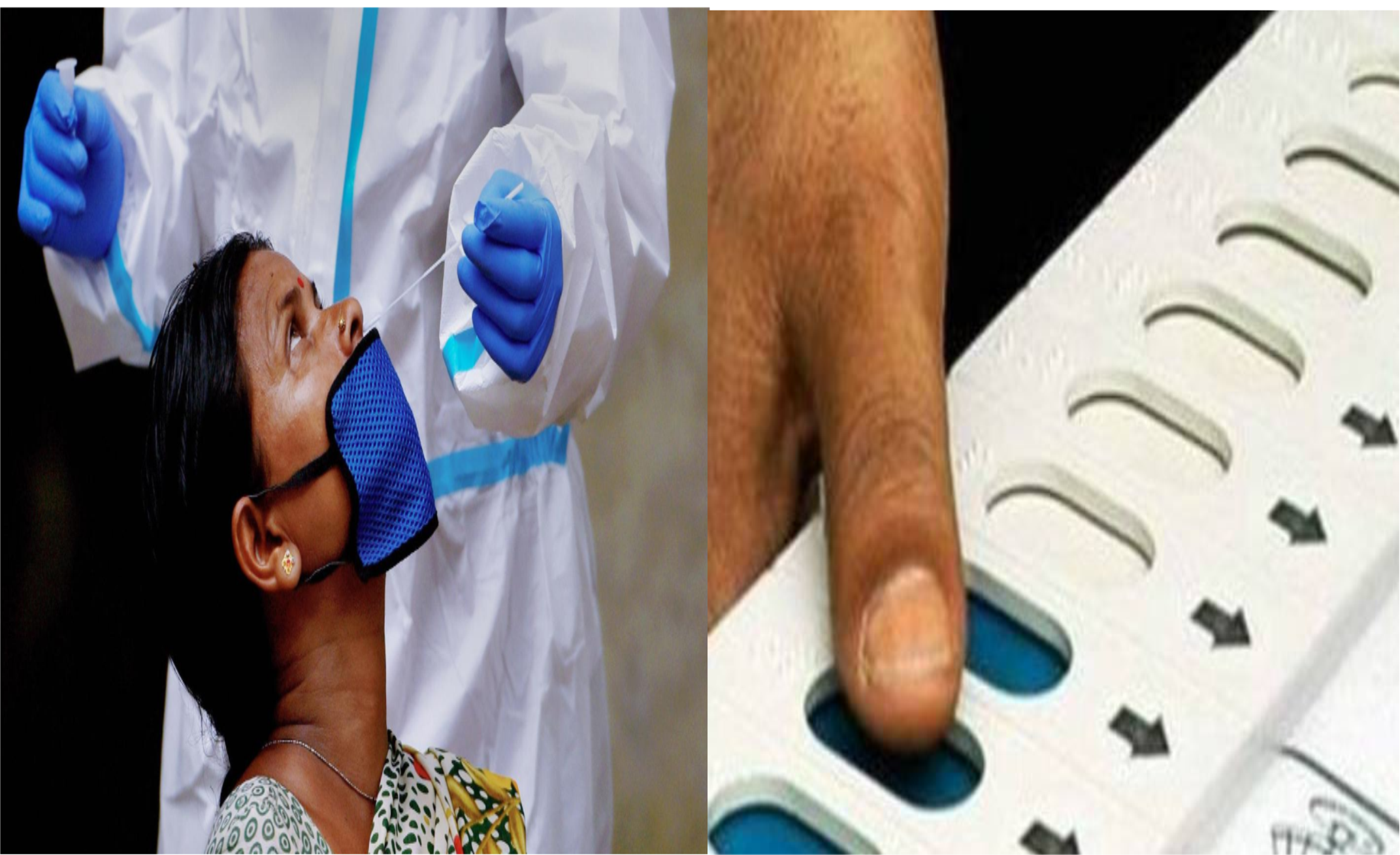
Caste a key factor in first round as Bihar goes to vote amid COVID-19

The campaigning for Bihar’s first round of polling scheduled for October 28 came to end on Monday. As many as 71 constituencies across 16 districts will be covered in the first phase of the three-phase elections, the first state in the country amid the COVID-19 pandemic. The second phase will be held on November 3 and the third on November 7. The results are due on November 10.
First the numbers: The opposition RJD – the key constituent of the Grand Alliance with the Congress — is contesting 42 seats in the first phase. The incumbent JD-U headed by Nitish Kumar has fielded candidates in 41 seats and its NDA ally BJP is fighting in 29. Congress will contest in 21 constituencies and Chirag Paswan-led LJP has named candidates in 41.
The elections will see the friends of 2015 polls turning foes. Chief minister Nitish Kumar does not have much to show to expect an easy fight even when the opposition RJD is being represented by Tejashwi, the son of his principal adversary Lalu Prasad. The RJD has not forgotten what Nitish did to Lalu Prasad just three years ago.
Also, Ram Vilas Paswan, Nitish’s socialist partner, is no more and his son is breathing down the JD-U chief’s neck. The BJP is in a Catch-22, as the LJP remains an NDA partner at the Centre, but is fighting the Assembly elections on its own. This has invited criticism and speculation that the saffron party has a secret post-poll pact with the LJP.
Also read: Nitish Kumar: Bihar Chanakya whose socialist sheen has withstood saffron ‘storm’
The first phase of polling is taking place in the south of Bhojpur and Patliputra-Magadh regions, the areas that have witnessed caste riots for several years – giving birth to armed outfits such as the People’s War Group and Ranvir Sena.
The upper caste Bhumihars have a dominant presence in these areas. Besides, the Yadavs, Kurmis, EBCs and Mahadalits are a part of the competing caste interests. In the 1990s, most backward castes backed Lalu Prasad. Later, many of them, especially Kurmis and Koeris, drifted to the Nitish camp. The BJP-Samta Party (currently JD-U) led a new coalition comprising upper castes, Kurmis, EBCs and Mahadalits, which gave rise to a strong political arithmetic.
Also read:Nitish, BJP entering yet another phase of love-hate relationship?
In 2015, the JD (U) had allied with the RJD and Congress. That Grand Alliance defeated the BJP-led NDA. But Nitish exited the Grand Alliance in July 2017 to rejoin the NDA and form the government.
There are six NDA ministers whose fate will be decided in the October 28 polling. There are a dozen seats out of the 71 that may turn out to be decisive in the formation of the next government. It will be interesting to watch how these seats emerge in the new scheme of alliance. The 12 seats are Arrah, Dinara, Tarari, Bhabua, Dehri, Chainpur, Sherghati, Rajauli (SC), Gobindpur, Banka, Jamalpur and Munger.
Perhaps, the most interesting battle is in Imamganj (an SC seat) in Gaya district from where former CM Jitan Ram Manjhi, who is an NDA nominee, is facing the RJD’s former speaker of the Assembly Udai Narain Choudhari.
Since 2005, whichever side Nitish has backed has won by a massive margin in this constituency. However, the JD (U) chief has been facing strong anti-incumbency this time.
In the dozen-odd seats, including three represented by Cabinet ministers, the victory margin was less than 5,000 in 2015 when the JD (U) was part of the Mahagathbandhan. Three of these seats had victory margins of less than 1,000 votes.
In 2015, among these 12 seats, the BJP and JD(U) were face-to-face in Dinara and Jamalpur. Jai Kumar Singh of the JD (U) beat BJP’s Rajendra Prasad Singh from Dinara by a margin of just 2,691 votes. Rajendra Singh was projected as one of the chief ministerial candidates of the BJP in Bihar. This time, he joined the LJP just before the elections.
In 2015, the RJD-JD(U)-Congress combine had won 54 of the 71 seats going to polls in the first phase. The NDA had won only 15.
Bihar’s first round:
Number of seats: 71 constituencies in 16 districts
Candidates in fray: 1,066. Male: 952; female: 114
Number of voters: 2,14,84,787. Male: 1,12,76,396: Female: 1,01,29,101; third gender: 599; service votes: 78,691
Polling stations: 31,380

